ARS ELECTRONICA ARCHIVE - ART & SCIENCE
Das "European Digital Art and Science Network" basiert auf einem großen vielseitigen Netzwerk. Teil dieses Netzwerkes waren wissenschaftliche Forschungsinstitutionen (CERN, ESA, ESO, Fraunhofer MELVIS), das Ars Electronica Futurelab sowie die Projektpartner Center for the promotion of science (RS), DIG Gallery (SK), Zaragoza City of Knowledge Foundation (ES), Kapelica Gallery / Kersnikova (SI), GV Art (UK), Laboral (ES) und Science Gallery (IE). Von der EU gefördert lief das Projekt von 2014 – 2017.
Das Online Archiv der Ars Electronica bietet einen Überblick über die einzelnen Aktivitäten des Netzwerks und liefert zudem Informationen zum Netzwerk an sich, zu den Residency Künstlern und zu den beteiligten Projektpartnern und der Jury.
Earth Without Humans II exhibition organized by Kapelica Gallery / Kersnikova Institute
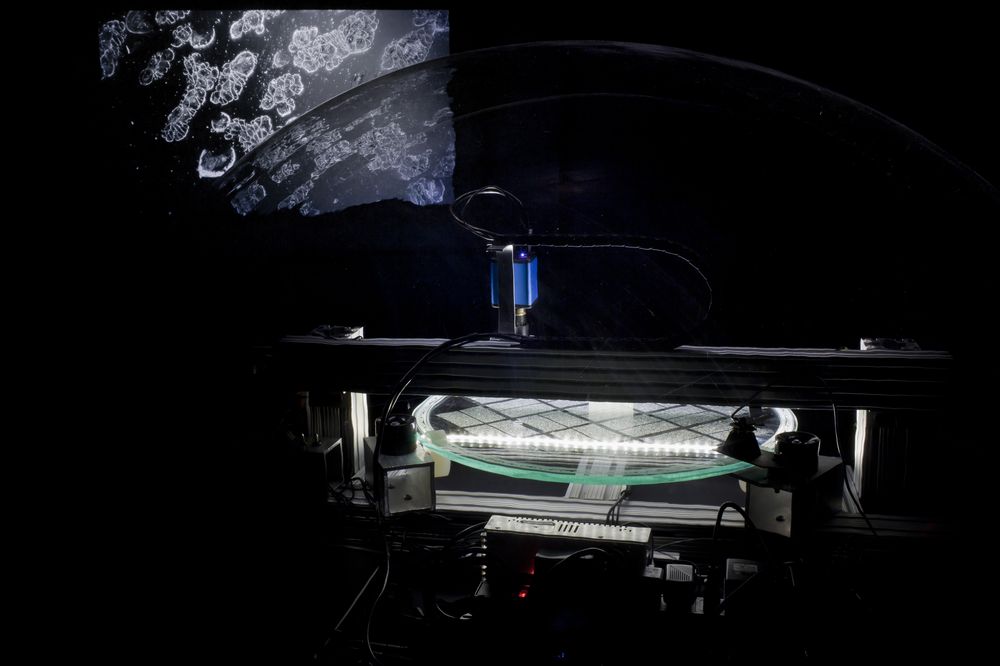
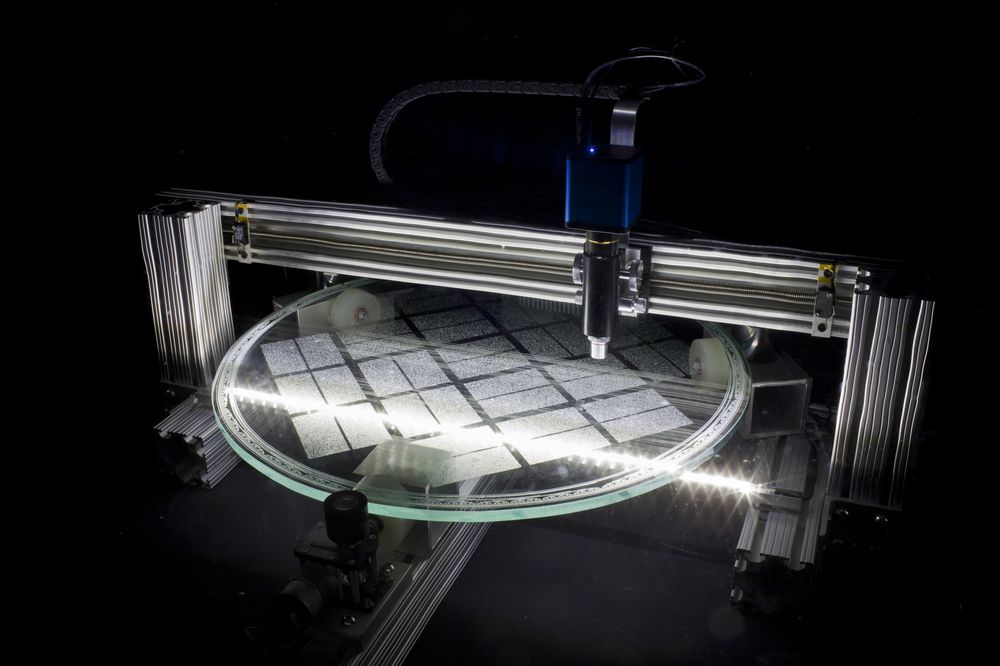
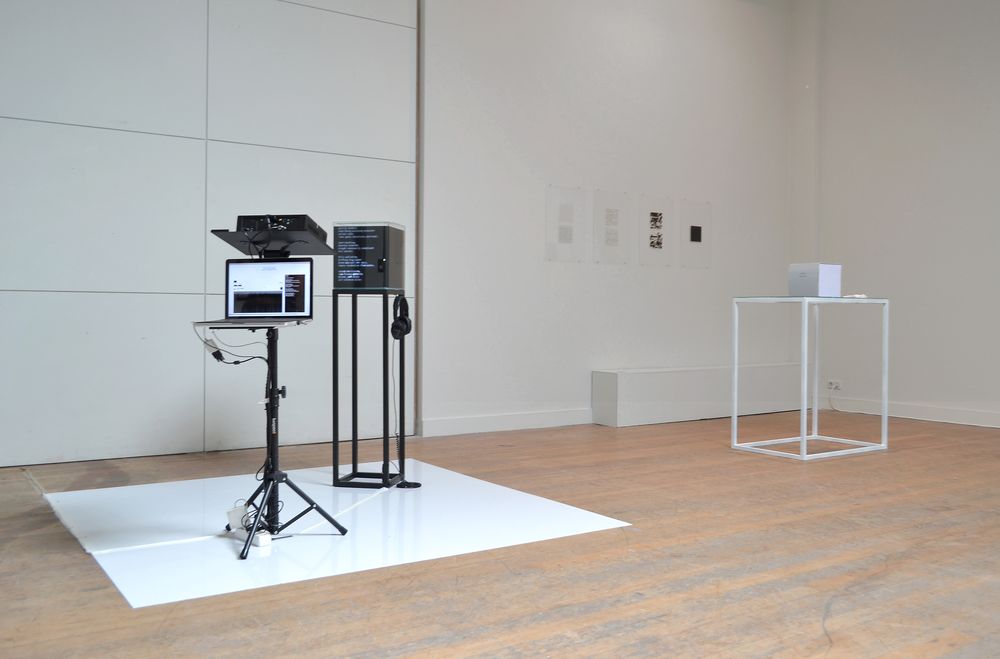
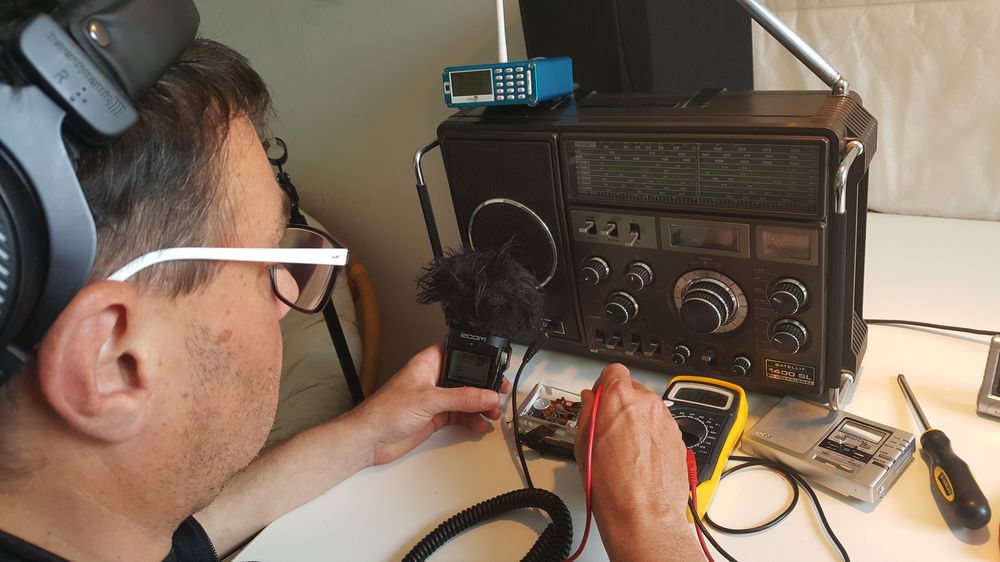
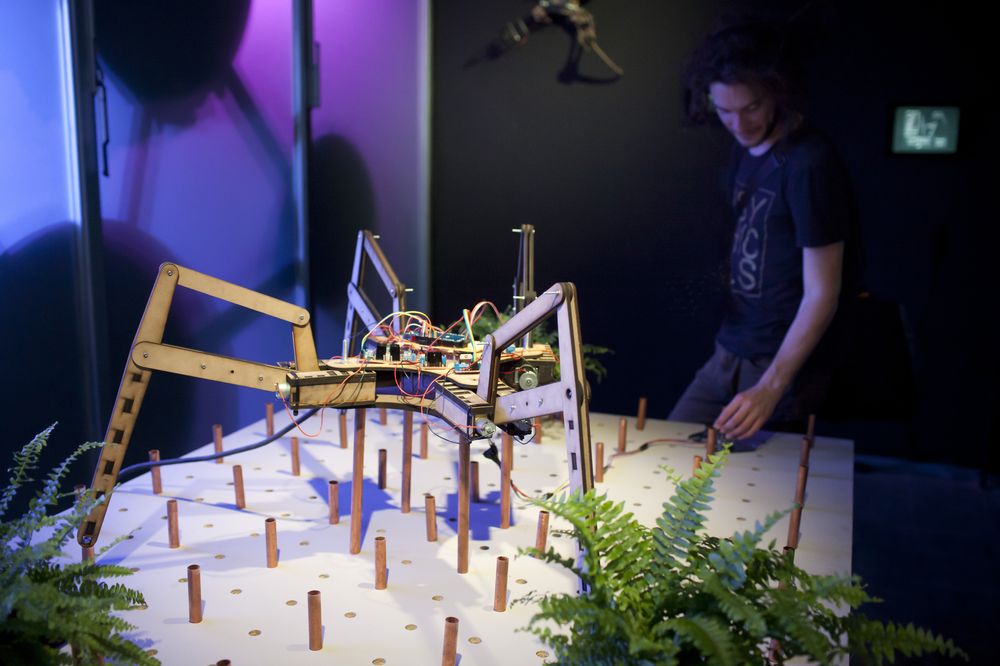
Danny Bazo, Marko Peljhan, Karl Yerkes: Somnium
Kapelica Gallery, Ljubljana
08.06. – 30.06.2017
Katarina Petrović: Cosmologicus
Rampa Lab, Ljubljana
08.06. – 30.06.2017
Brane Zorman: ElektroMagnetikSpektrum
Sonoretum, Ljubljana
08.06. – 30.06.2017
Green Wall: Plant—Machine Cohabitation
BioTehna, Ljubljana
08.06. – 30.06.2017
The universal role of capital doubles with the universality of western science and the ubiquity of large content and technological platforms, which are starting to grow too big for our blue planet. Telecommunication infrastructures are leaving Earth and settling in its orbit, the Moon Village is being designed as a base for extraplanetary mining, and Mars is a platform for testing new technologies, materials, and solutions that are (currently) in the logic of time on Earth not necessary. In the vein of Moore’s Law, which anticipates the double growth of capacities in integrated computer circuits every year, the exponential growth of technological advances allows us to think and plan applications outside the bounds of Earth, projecting them into a kind of intraplanetary utopian realism. In these outer reaches, society as we know it on Earth is reduced to mere biological functions in radical living conditions. Society becomes but a derivative of astrobiology, requiring nothing but the right mixture of biology and chemistry to survive. For the neoliberal scientific and technological complex, the shift of applications into the unregulated territories of outer space signifies a move away from ethical and moral principles, which restrict its expansionist politics.
In this perspective, the scientific research and the new technologies that are being developed to create the conditions for survival on the Red planet at the same time seem to signify the end of life on Earth. The catastrophic scenario of exodus to other celestial bodies can be read through the series of technological solutions, developed to make survival on Mars possible. Radical conditions, biotechnologies, synthetic biology, exo-life, extremophiles, artificial life, artificial intelligence, quantum and memory-driven computing, robotic architecture etc. seem like the most forward-thinking concepts that humanity has to offer right now. The subtle difference between the avant-garde space concepts from the previous century, which anticipated an improvement in the living conditions on Earth, and the technological advances of our own age, in the most meaningful way introduces the possibility of life on Mars as an alternative to life on Earth. It would seem as though, for some people, Earth is not an option anymore, or they imagine the blue planet in shades of red. Dried out, with a toxic atmosphere and a handful of colonies, where life is organized on the basis of biopolitics. Or, to put it briefly: Mars as a greeting from the future.
Text: Jurij Krpan
(Source: The Practice of Art and Science, p. 222-223)
Supported by: Creative Europe program of the European Union, Ministry of Culture of the Republic of Slovenia and Municipality of Ljubljana – Department for Culture
Curators / Kapelica Gallery: Jurij Krpan, Sandra Sajovic
Expert support: Marko Peljhan, Miha Turšič, Ewen Chardronnet
Production and PR: Jana Putrle Srdić
Light design and technical support: Jure Sajovic, Boris Britovšek
BioTehna & Rampa: Simon Gmajner, Kristijan Tkalec, Petra Milič, Urška Spitzer

